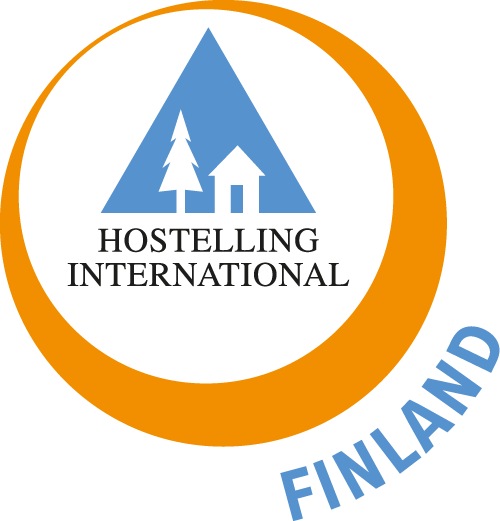A village of great stories
The story tells that the giants were on their way to Lapland via Piispala when one of the stone bags they carried on the back suddenly ripped open and the rocks fell into the lake. This is how the Lake Kivijärvi (means stone lake in English) came into being, and Piispala was built to its beach along with the time. At that time, there were people living in Piispala who were so big-sized that their hips could reach to the third floor when lying on the floor, and cattles there were at least as sturdy as those big people. The rumors say that Piispala’s Jauhoniemi (means the cape of flour in English) got its name from the white beach sand or that soup of potatoes and flour was made in the courtyard of Jauhoniemi.
When the Häme people took the region as a wilderness, Piispala was part of the mainland and the water level was much higher than currently. The lowlands grew deciduous trees and the present Jauholampi pond was still the bay of the Lake Kivijärvi. King Gustav Vasa of Sweden issued a decree on the permanent settlement of Northern Savonia and Central Finland, and the overpopulation of Savo moved to the Piispala area. The Häme people reluctantly gave up their wilderness, and none of them continued to stay in the Kivijärvi area as setttlers.
Piispala was named after people surnamed Piispanen who had already lived in the village since the 18th century, but the village was also called Jauhotörmä in the late 16th century. The area was populated with soldiers from Swedish Uppland scout group, who later on ended up in disputes with Kivijärvi native people and were forced out of the area. When the Cudgel War ended, the bad years began and Jauhoniemi was deserted for many years. However, the population gradually began to go up again, and there were about 400 inhabitants in Jauhoniemi at the end of the 19th century.
“Piispala was named after people surnamed Piispanen who had already lived in the village since the 18th century.”
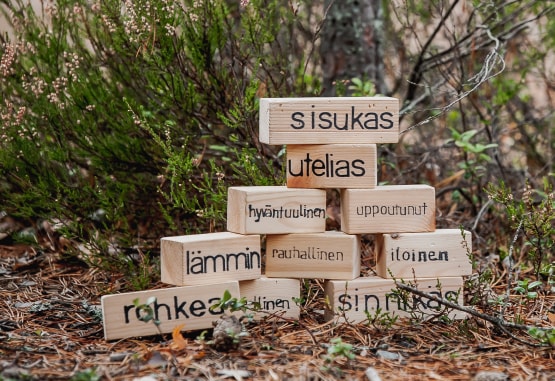
From school to youth centre
As the population grew, the demand for building a school in the village was generated and the primary school began its operations in 1927. Piispala belonged to Kivijärvi until 1934, when Kannonkoski became an independent municipality. In 1937, the Kannonkoski municipal government decided to build its own school building in Jauhoniemi, which rose to the land donated by Enso Gutzeit near Piispala House. However, the building was destroyed by fire before it was completed and a new school was built on the site with the same drawings. Today, the building is known as the dining hall Piispantupa. After the school was built, the name Piispala began to be used commonly, and the school was inaugurated in 1938. At that time, Piispala School had 32 students, among whom, the longest school journey was 7 kilometers. Some of the students who lived behind the lake went to school by boat for free, while the others coming to school on foot were granted to buy shoes.
The school was forced to be used by the monks who came from Valamo to Piispala as evacuees in 1940. Leaving from Valamo was a difficult ordeal. As a result, 27 monks and 12 nuns died in the evacuation and some of them were buried in the Kannonkoski cemetery. Later on the monks moved to the Valamo Monastery in Heinävesi and the nuns to the nearby Lintula Monastery. The school activities continued again after the Winter War. At most there were 40 students, but in the 1960s the number of students began to decline as people moved to city centres and Sweden. Piispala School was closed down by the decision from the municipal government in 1966 when there were only 15 students, and the school fell into a forever sleep, which was then only disturbed by the summer camps and courses.
The silent period lasted for fifteen years until Piispala got the trigger for its renewed activities at the OSCE (Organization for Security and Cooperation in Europe) Conference in Helsinki in 1975. In this conference, it was decided to establish a youth center network to promote national and international youth activities and Piispala was selected as one of the first five youth centres. Currently, there are nine national youth centres supported by the Ministry of Education and Culture in Finland.
“Some of the students who lived behind the lake went to school by boat for free, while the others coming to school on foot were granted to buy shoes.”

Growth towards a diverse wellbeing centre
Piispala started its operations as an international training and camp center in 1982 after extensive renovations. During the renovations, the magnificent log walls, which are also used to decorate the modern houses, were remained in the old school building (the dining hall nowadays). In addition, apartments, cottages which could be used also in winter, conference rooms and a lakeside sauna were built. When the operation kicked off, Piispala area became a significant camp school centre and its operation was expanded further with the completion of a tennis court, new accommodation and service facilities.
The 1990s continued with a period of heavy investment and the decade began with a large international Tervas Camp of Finland’s Scouter, which gathered more than 10,000 campers. The main building (Activity Building nowadays) was built in Piispala, where there are sports halls, offices and activity rooms for lecture and handcrafts. Soon the accommodation capacity was increased by almost 100 beds with the construction of 4 duplex cottages and a 10-room row house. With the help of new investments and operating models, the utilization rate and profitability of Piispala began to increase substantially. In 1995, as decided by the municipal council, Piispala was turned to be a municipal enterprise. Since then, Piispala has been running as an independent profit organization owned by the municipality of Kannonkoski.
In the beginning of the 21st century, Piispala became more distinguished and it was also time for great investments. The most significant one was PiiSpa, a large ice and swimming hall building including a bowling alley, a gym and meeting facilities as well, and also possible to be used by sports teams and various sports federations to implement their activities. Piispala started to cooperate with Finnish Ice Hockey Association and has been its official partner for long as a camp centre for organizing numerous hockey camps, tournaments and events every year. The accommodation buildings Kettu and Orava were built in 2005 to increase the accommodation capacity. Later, the new football hall with artificial turf has made Piispala a popular destination for football camps also in the winter time. The amount of camp schools in a year was approaching to 300. To answer the demand, Piispala built a new building, Piispanhattu, which can accommodate up to 80 persons and is equipped with meeting and activity facilities at the same time. In July 2016, Piispala opened Animal Home Pihka, which was awarded Greencare Quality Label for its activities based on the nature and countryside environment.
These days Piispala has developed into a multifunctional centre for leisure, sports and wellbeing, serving a wide range of target groups nationally and internationally. With the efforts of about 40 years, Piispala has become the most popular camp school centre in Finland and been awarded the Finnish Social Enterprise Mark in 2018.

